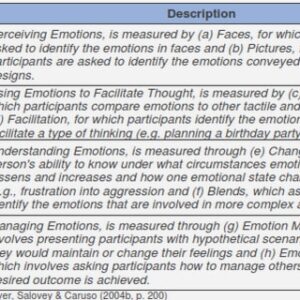(Downloads - 0)
For more info about our services contact : help@bestpfe.com
Table of contents
Chapter 1: Introduction
Chapter 2: Study area
Chapter 3: Groundwater recharge sources in the mountain-front of the High-Atlas : case in the Ourika watershed
I. General background
II. Scientific background
II.1. Mountain front recharge (MFR)
II.2. Mountain-block recharge
II.3. Stream losses within ephemeral and intermittent streams in semiarid areas
III. Research questions and objectives
IV. Thesis structure
I. Introduction
II. Presentation of the central Haouz area
II.1. Localization and geomorphology
II.2. Climate and hydrology
II.3. Regional geology
III. Hydrogeology
IV. Water resources
I. Introduction
II. Field measurements, sampling and analytical methods
III. Results
III.1. Irrigation diversion impacting streamflow
III.2. Groundwater flow and fluctuation
III.3. Stable isotopes
IV. Discussion
IV.1. Hydraulic heads and stable isotopes as combined tools
IV.2. Impact of irrigation on the groundwater recharge and availability
IV.3. Groundwater recharge sources in the mountain front
V. Conclusion
I. Introduction
II. Material and methods
II.1. Sampling and laboratory analyses
II.2. Data analysis
II.3. Water suitability for domestic use and irrigation
III. Results
III.1. Hydrochemical properties from the mountain to the piedmont
III.2. Origins of ions in mountains water and groundwater
III.3. Origins of nitrate
III.4. Quality of drinking and irrigation water
IV. Discussion
IV.1. Hydrochemical processes from the mountain to the piedmont
IV.2. Impact of the traditional irrigation on the groundwater quality
IV.3. Piedmont traditional irrigation and sustainability
V. Conclusion
I. Introduction
II. Material and methods
II.1. Experimental site
II.2. Streamflow detection
II.3. Measurements of changes in temperature and sediment water content
II.4. Calculating vertical infiltration fluxes with 1-Dimensional model of heat transfer
III. Results
III.1. Sediments characteristics
III.2. Detection of streamflow events
III.3. Water content changes
III.4. Streambed-sediments temperature changes
III.5. Delineating potential recharging events
III.6. Numerical modeling of heat for recharging events
IV. Discussion
IV.1. Near surface temperature as a proxy to infer streamflow presence and duration
IV.2. Effects of the sediment moisture on the infiltration processes
Chapter 4: Effects of traditional irrigation practices on groundwater chemistry and quality in a semiarid piedmont
Chapter 5: Seasonality in intermittent streamflow losses beneath a semiarid Mediterranean wadi
IV.3. Seasonal variation of the potential groundwater recharge
IV.4. Lateral recharge beneath the channel
IV.5. The pattern of the intermittent streamflow losses
V. Conclusions
I. Introduction
II. Objectifs et structure de la thèse
III. Résumé de chaque chapitre
III.1. La zone d’étude
III.2. Les sources de recharge des eaux souterraines dans le piémont du Haut-Atlas
III.3. Evolution hydrochimique et qualité de l’eau
III.4. Infiltration dans les lits des oueds
IV. Conclusion
References


